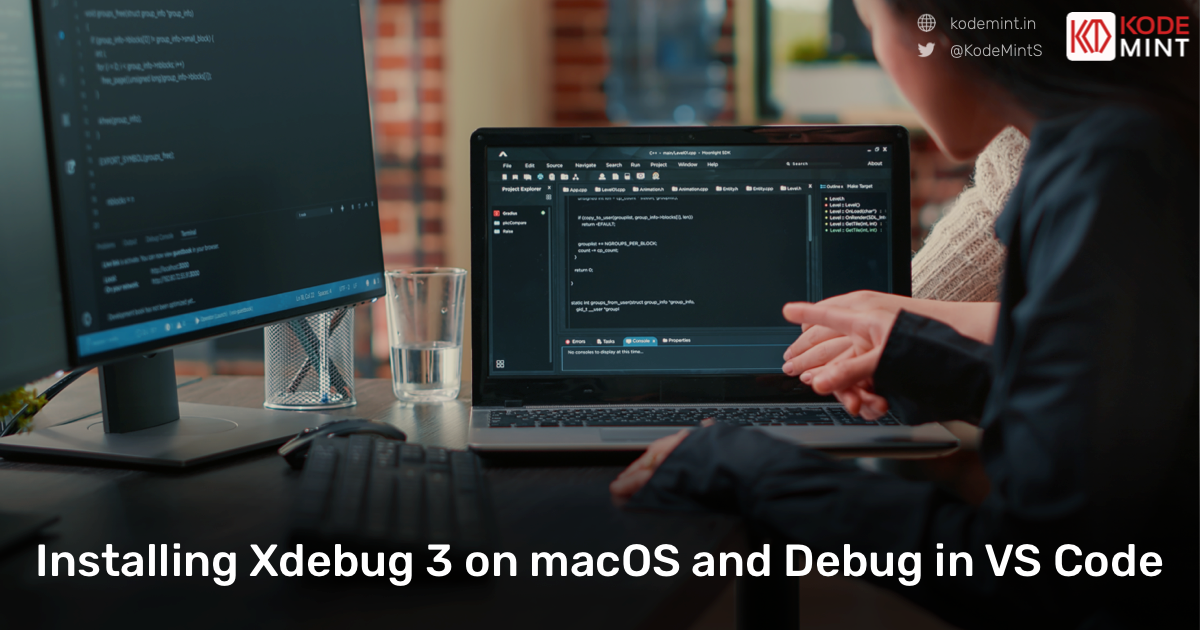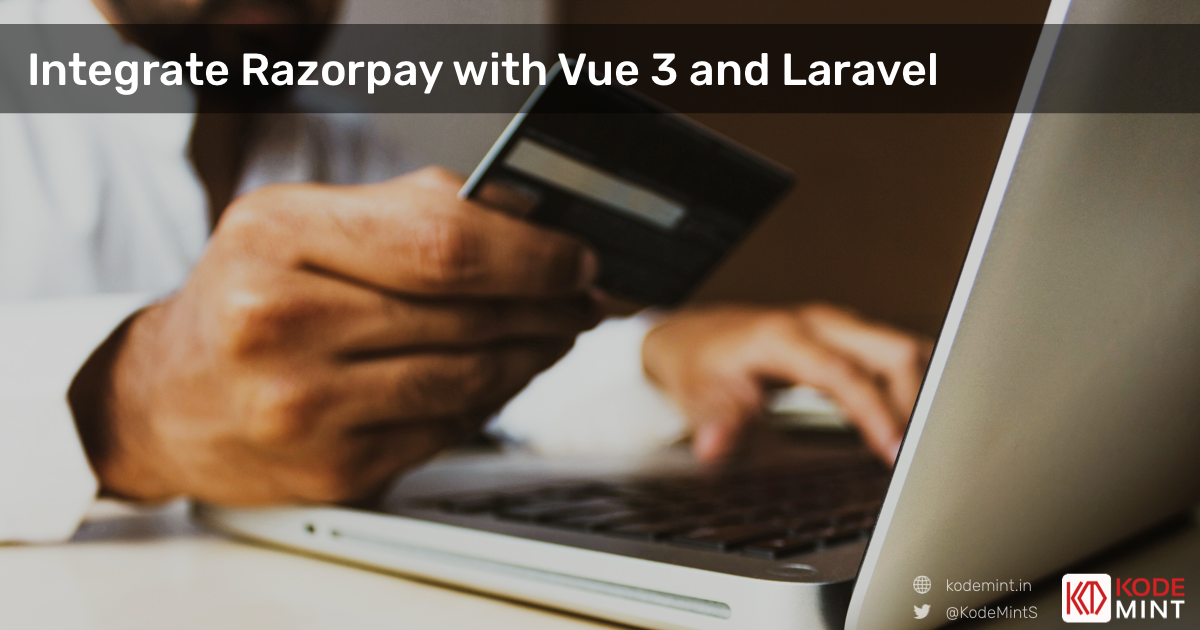Promeet & PromeetSaaS works on WebRTC technology and Web Sockets!
These are the things Promeet & PromeetSaaS needs to work and have a live meeting successfully.
1. Signaling Server
It's used with RTCMC Middleware for live meeting. We provide a Signaling Server which the app uses by default for free and limited usage, you just have to leave it's configuration value empty.
For advanced usage or if you want a separate Signaling Server installed for your app, you can contact our support team.
2. ICE (TURN/STUN) Server
When connecting a session between two browsers (peer-to-peer) in WebRTC, there are 3 different alternatives that might happen.
Connecting WebRTC over a local network
If both devices are on the local network, then there’s no special effort needed to be done to get them connected to each other. If one device has the local IP address of the other device, then they can communicate with each other directly.
Most of the time and for most use cases, this is NOT going to be the case.
Connecting directly, over the internet, with public IP addresses
When the devices aren’t inside the same local network, then the way to reach each other can only be done through public IP addresses. Since our devices don’t know their public IP addresses, they need to ask for it first.
This is where STUN comes in. It enables the devices to ask a STUN server “what is my public IP address?”
Assuming all is well, and there are no other blocking factors, then the public IP address is enough to get the devices to connect to each other. Common lore indicates that around 80% of all connections can be resolved by either using the local IP address or by use of STUN and public IP addresses.
Connecting WebRTC by using TURN to relay the media
Knowing the public IP address is great, but it might not be enough.
There are multiple reasons for this, one of them being that the NAT and firewall devices in use are not allowing such direct traffic to take place. In such cases, we route the data through an intermediary public server called TURN.
3. Soketi Server or Pusher App Credentials
This is used in intra communication and transmissions. You can either install and use Soketi server or just create an app on Pusher and copy the keys.
We also provide Additional Technical Services to help our clients get the product up and running, as paid services.
https://kodemint.in/helpdesk/articles/general/services/additional-services-we-provide
Here are the must read articles related to WebRTC:





